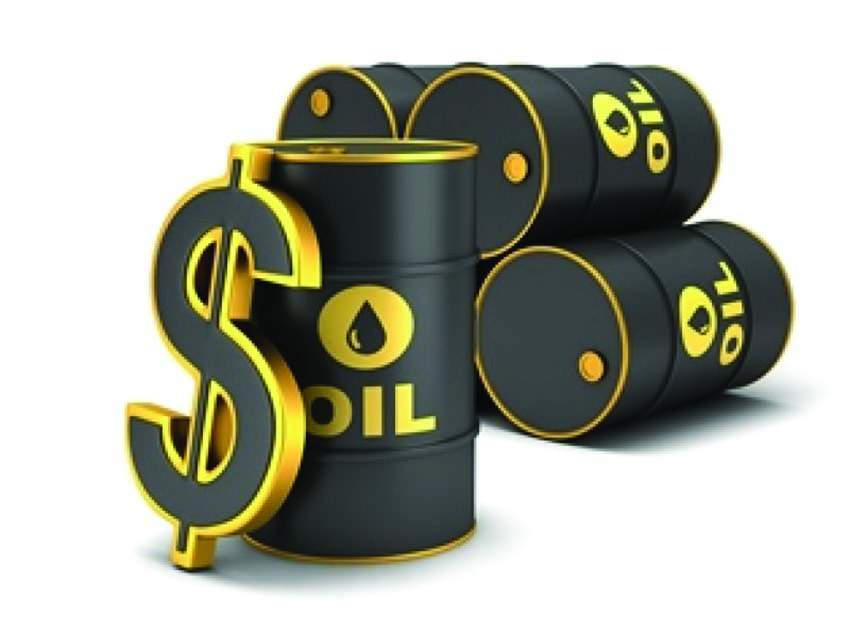Guyana’s economy has been on an economic decline over the past five years, with a less than one per cent growth over last year’s 3.3 per cent, oil is being seen as the boon but will require a transparent, rules-based system in managing the expected oil wealth.
These are among the crucial findings of the Internal Monetary Fund (IMF), following its latest round of consultations on Guyana.
That consultation was concluded in May last with the International Financial Institution (IFI) releasing its findings this past week.
The IMF has since warned the country against any excessive borrowing or an exorbitant increase in public spending ahead of the signalled start of commercial production in 2020 by ExxonMobil and its partners offshore Guyana in the Stabroek bloc.
According to the IMF, its Directors following the consultations welcomed Guyana’s continued economic growth, “the improvement in its external position, and its positive mediumterm outlook, which is supported by the expected start of oil production in 2020.”
The Directors also welcomed the authorities’ plans to establish a comprehensive framework for managing oil wealth, and stressed the importance of having a transparent and rulesbased framework in place before oil production starts.
It was pointed out that most “Directors supported recommendations for a moderate fiscal consolidation to slow debt accumulation and safeguard against adverse shocks before the onset of oil production.”
This essentially meant that the Directors have cautioned against Guyana looking to take on large debts ahead of oil production.
According to the IMF, “a few Directors considered a more gradual consolidation appropriate in light of the country’s development needs.”
More generally, Directors recommended moderating the growth of current expenditures and moving ahead with the reform of public enterprises, notably the sugar and electricity companies, while providing a safety net for those affected by these reforms – essentially another warning to not significantly accelerate spending ahead of oil production.
IMF Account
Speaking generally to the state of the Guyana economy, the IMF in presenting its account noted that real economic activity expanded by a miserly .2 per cent over the previous year up to 3.3 per cent in 2016.
The coalition Government’s delays in public investment weighed down on activity in addition to subdued agricultural commodity prices and adverse weather help to contribute to the performance while large increases in gold output helped support growth.
Consumer prices were said to increase by 1.5 per cent in the 12 months ending in December 2016.
The overall non-financial Public Sector deficit widened to 2.9 per cent of Gross Domestic Product (GDP) last year from 0.2 per cent in 2015.
“Despite slower-than-expected economic growth, fiscal revenue increased owing to improvements in tax administration and higher mining royalties.”
While total expenditure increased by 2.8 percentage points of GDP, the increase was lower than budgeted due to delays in capital expenditure in the Government’s public investment programme.
According to the IMF findings, the macroeconomic outlook reveals a positive increase for 2017, where growth is projected at 3.5 per cent in 2017 up by .02 per cent from 3.3 per cent the previous year.
This growth is projected to be supported by an increase in public investment by Government to make up for the previous year shortfalls, continued expansion in the extractive sector, and a recovery in rice production.
Inflation for the year is expected to remain at around 2.6 per cent by year-end while the national deficit is projected to widen to 7.2 per cent of GDP in 2017, due in part to the delayed capital spending from 2016 – again on the part of Government.
